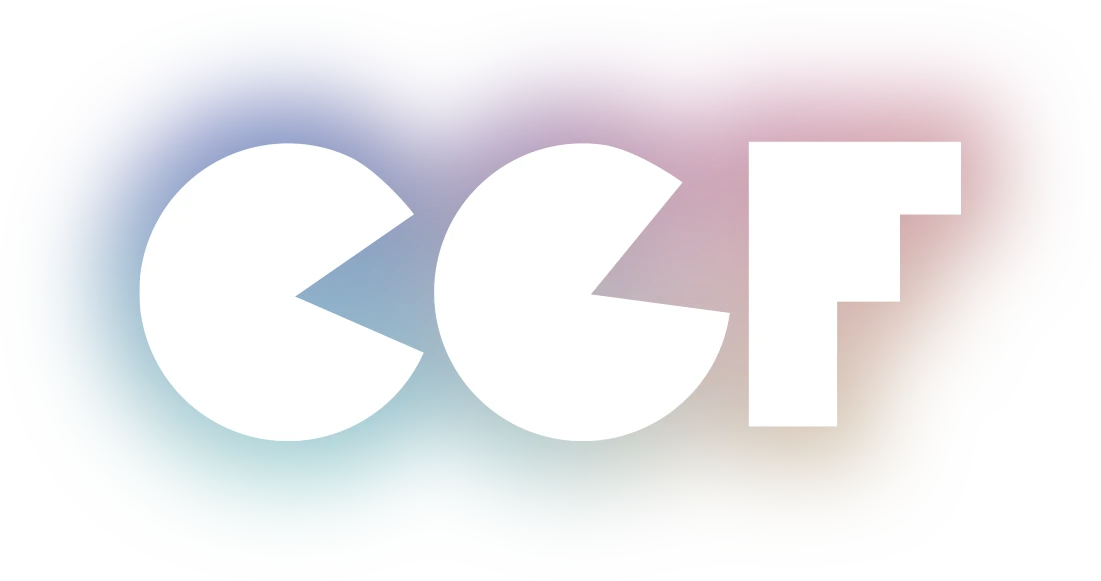Childhood Cancer


Each year, around 180 children per one million in Central Europe are diagnosed with cancer. While this may seem relatively rare, cancer is the second leading cause of death in children and adolescents under 18 – second only to accidents. The most common forms are leukaemia (30%), tumours of the central nervous system (24%), and lymphomas (12%).
Four out of five patients survive. However, being cured does not automatically mean being healthy. 80% of so-called "survivors" struggle with late effects, which they often suffer from for years to come.
Those not affected usually wonder why a child's cancer can put their parents under such financial strain. Doesn't health insurance cover the costs?
Yes, but only a relatively small proportion of the actual costs entailed by the peculiarities of this disease.
Paediatric cancer is very aggressive and requires immediate medical action and lengthy treatment. The daily lives of affected families can be completely disrupted overnight.
Paediatric cancer also affects well children: the severe impact on siblings is often overlooked. The disease takes its toll on the whole family – emotionally, socially, and financially.
Loss of Earnings
Because their seriously ill child now needs intensive care, at least one parent often has to reduce or even give up their job.
Costs for Medication
Health insurance does not cover all the medications required for treatment, and families are often faced with high out-of-pocket costs.
Costs for Travel and Parking
In most cases, a car is essential — the hospital is far from home, and using public transport poses an added health risk for a child with a weakened immune system.
Costs for Board and Lodging
Even supplementary insurance only covers a short stay for a parent at the child’s bedside — far too short for cancer treatment, which can last up to two years.

